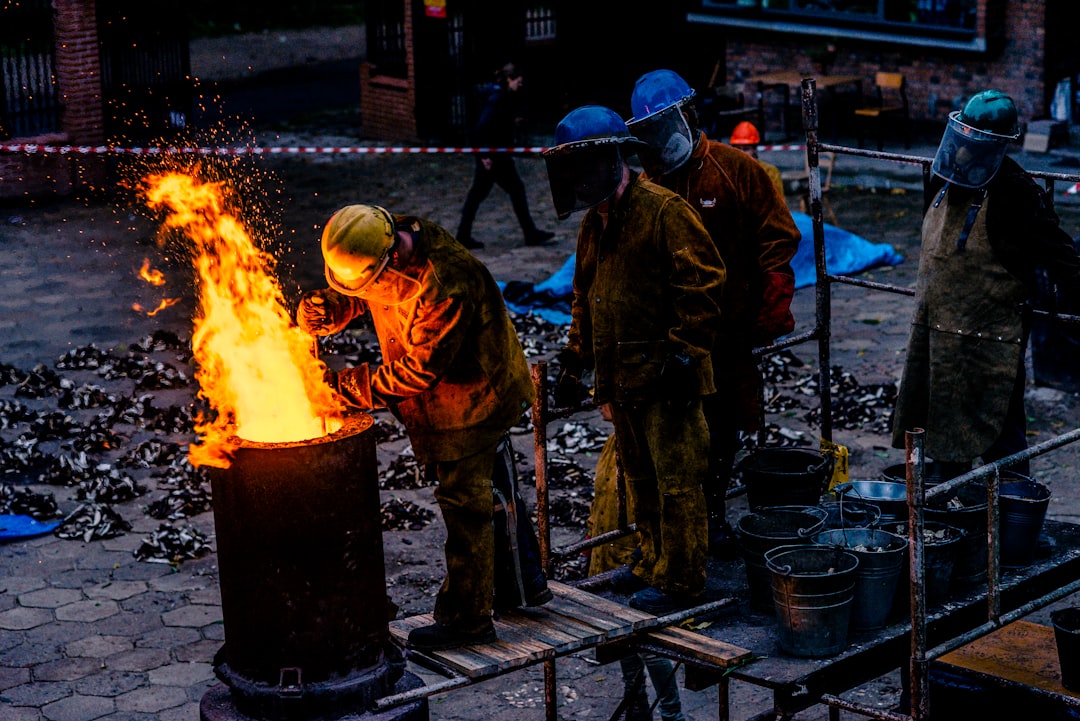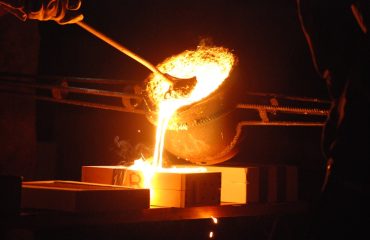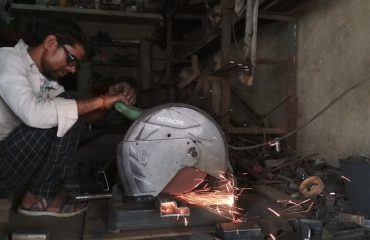The steel industry is a cornerstone of modern infrastructure, offering rewarding careers for skilled professionals. If you’re drawn to the challenge of working with steel, building skyscrapers, bridges, and other vital structures, then a steelworker training program is the perfect path for you. This guide explores the various avenues available to enter this exciting and demanding field.
1. Types of Steelworker Training Programs: Finding the Right Fit
The path to becoming a steelworker varies depending on your background, learning style, and career goals. Several options exist, each with its own advantages and disadvantages:
- Apprenticeships: These are hands-on, on-the-job training programs typically lasting 3-5 years. Apprentices work alongside experienced steelworkers, learning practical skills while earning a wage. They combine classroom instruction with on-site experience, leading to a nationally recognized certification upon completion. This is often considered the gold standard for steelworker training.
- Trade Schools and Vocational Schools: These institutions offer shorter, more focused programs, usually lasting several months to a year. They provide a solid foundation in welding, rigging, blueprint reading, and other essential skills. While lacking the extensive on-the-job experience of apprenticeships, they offer a faster entry point into the field.
- Community Colleges and Technical Institutes: These institutions offer associate degrees or certificates in related fields like welding technology or construction management. These programs often provide a broader education, including theoretical knowledge and safety training, which can be beneficial for career advancement.
- Union Training Programs: Many unions offer extensive training programs for their members, providing specialized skills and opportunities for advancement within the union’s network of contractors.
2. Essential Skills Covered in Steelworker Training
Regardless of the chosen training path, several core skills are crucial for success as a steelworker. These include:
- Welding: Proficiency in various welding techniques (SMAW, GMAW, FCAW, etc.) is essential for joining steel components.
- Blueprint Reading and Interpretation: Understanding construction drawings is vital for accurately assembling steel structures.
- Rigging and Hoisting: Safe and efficient handling of heavy steel components using cranes, hoists, and other equipment is critical.
- Safety Procedures and Regulations: The steel industry is inherently hazardous, requiring strict adherence to safety protocols and regulations to prevent accidents.
- Use of Hand and Power Tools: Steelworkers use a wide range of tools, from basic hand tools to specialized power tools, requiring proficiency in their safe and effective operation.
- Mathematical Skills: Basic geometry, trigonometry, and measurement skills are essential for precise work.
- Physical Fitness and Stamina: The job demands significant physical strength, endurance, and dexterity.
3. Certification and Licensing Requirements for Steelworkers
Certification and licensing requirements vary depending on location and specific job roles. However, many employers prefer or require certification demonstrating competency in welding and other specialized skills. Common certifications include:
- American Welding Society (AWS) certifications:</ These certifications validate welding skills and proficiency in different welding processes.
- National Center for Construction Education and Research (NCCER) certifications:</ NCCER provides industry-recognized certifications in various construction trades, including steel erection.
- OSHA 10-hour or 30-hour certifications:</ These certifications demonstrate knowledge of workplace safety regulations, crucial for working in the construction industry.
It’s essential to research the specific requirements for your target location and employer.
4. Career Progression and Advancement Opportunities in the Steel Industry
The steel industry offers excellent career progression opportunities for skilled and dedicated workers. Starting as a steelworker, individuals can advance to positions such as:
- Foreman/Supervisor: Overseeing crews and ensuring projects are completed safely and efficiently.
- Ironworker: Specializing in the installation of structural steel and reinforcing bars.
- Welding Inspector: Inspecting welds for quality and compliance with standards.
- Construction Project Manager: Managing large-scale construction projects involving steel structures.
Continuous learning and professional development are essential for career advancement. Seeking advanced certifications, attending workshops, and gaining experience in different areas of the industry can significantly enhance career prospects.
5. Finding and Choosing the Right Steelworker Training Program
Choosing the right training program is crucial for a successful career. Consider the following factors:
- Accreditation and Reputation: Choose programs accredited by recognized organizations like NCCER or AWS.
- Curriculum and Instruction Methods: Ensure the program covers the essential skills and uses effective teaching methods.
- Job Placement Assistance: Many programs offer assistance with finding employment after graduation.
- Cost and Financial Aid: Explore funding options, such as scholarships, grants, and loans, to cover tuition and other expenses.
- Location and Accessibility: Choose a program that’s conveniently located and accessible to you.
- Instructor Experience and Expertise: Look for programs with experienced and knowledgeable instructors.
Thoroughly research different programs and compare them based on these factors to make an informed decision.
By investing in a quality steelworker training program, you’re investing in a rewarding and stable career with excellent earning potential and opportunities for growth. The demand for skilled steelworkers remains high, making it a smart choice for individuals seeking a challenging and fulfilling career path.
Tags: steelworker training, steelworker certification, welding training, ironworker training, construction training




